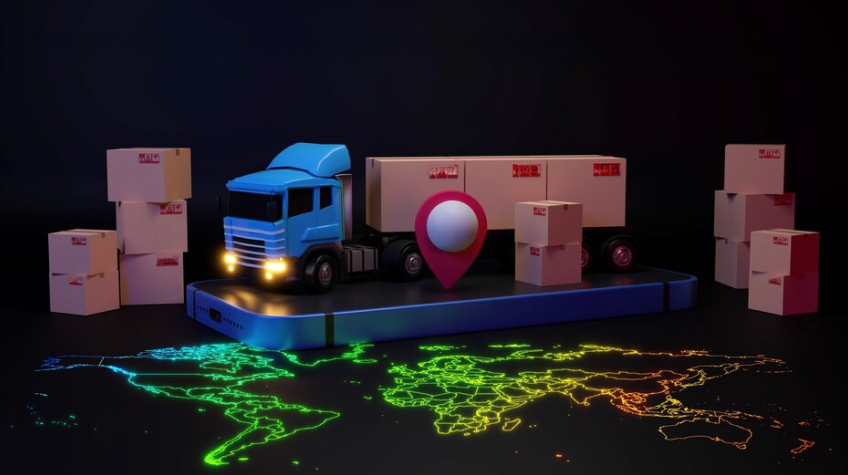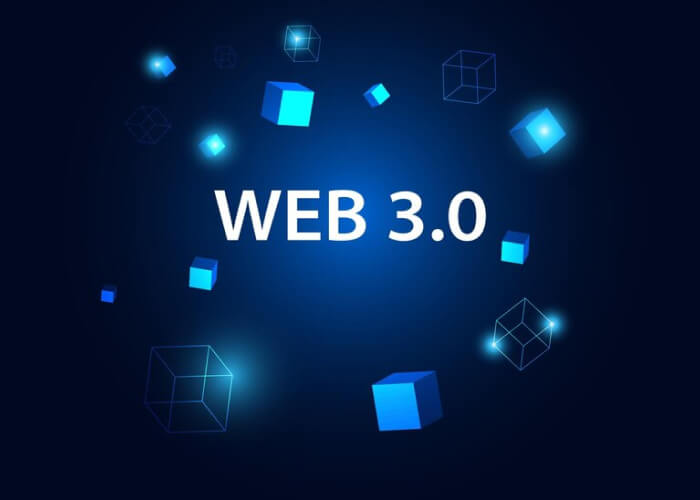
Supply chains and logistics industries are transforming, and the reason behind this is none other than web3. With its revolutionizing blockchain technology and potential for supply chain, it has become more efficient. It has provided the ability to track every supply chain step from manufacturer to consumer. It is a proven game changer for businesses looking ahead to optimize their operation and reduce costs. But it is just the beginning, my friend.
Web3 will redefine these business networks in a structure we can’t imagine. From embedding smart contracts that help in the automation process to AI-powered logistics, it can prevent and predict disruptions. As we read deeply about supply chain and logistics, it is clear that web3 has a major roleplay in shaping industries. So buckle up because the ride of the web3 supply chain platform and logistics is about to be started.
What is Web3?
Web3 is the third generation of the World Wide Web. It is shaping the traditional internet into the modern internet. Web3 relies on a network of distributed ledgers and is completely designed to be decentralized. There would be no central authority controlling or regulating the web. It will be powered by a collective user group who will further contribute their computing power to keep the network maintained on track. This new model of the web is highly capable of transforming business portfolios and interactivity.
For example, web3 will allow their business to build trustworthy relationships. It will improve engagement between suppliers and customers without any need for intermediaries like banks or any government industries.
This paradigm shift could also lead to more efficient supply chains and logistics systems, as information would be shared instantaneously and transparently across the network. Ultimately, Web3 has the potential to redefine how we use and interact with the internet, making it more secure, efficient, and user-friendly.
How Will Web3 Impact Supply Chains And Logistics?
The supply chain and logistics industry has had a major impact from the internet already. It has changed the way we ship and manage inventory. But will the impact of web3 be on supply chains and logistics?
➤ Enter Web3
Web3 has a major role play in the supply chain and logistics industry. The decentralized nature of web3 helps streamline supply chains, reduce costs, and improve efficiencies.

For example, a decentralized application can be used to track the real-time status of an inventory, and it also helps eliminate the unnecessary need for costly manual inventory management and its processes. Also, a web3 decentralized shipping application can filter and find available best shipping routes, allowing you to schedule shipments accordingly. The best part is that there won’t be any other intermediaries.
RELATED: How to do Web 2 to Web 3 Transition
➤ Endless Possibilities
Web3 will be a game changer for industries like supply chain and logistics. In the upcoming year, web3 in this major industry will improve all the essential business parameters necessary to operate a business. It will also improve user experience and help you to maintain mass consumer traffic over your product.
Benefits Of Using Web3 For Supply Chain Management
As web3 is the updated generation of the internet. Are the technology interaction and transactions mandated through the decentralized applications (dapps) developed on a blockchain? Hence, it comes with a high number of advantages for the supply chain:
➤ Increased Transparency
All related data of your business and memo of the customer is stored on a public blockchain, which means that it is transparent and tamper-proof. It helps increase trust between different parties involved in the supply chain and makes tracking ongoing materials and goods easier.
➤ Greater Efficiency
With the help of smart contracts, supply chain business becomes offerable to greater efficiency because of the involvement of smart contracts. It is encrypted, and it helps in tracking shipments and faster and more secure payments. It helps make the entire system more efficient and reduces the need for any mediator.

➤ More Secure
As web3 is built on blockchain, that’s why it comes with a high level of security, as all data get encrypted and stored across multiple nodes. With this nature, it becomes hard to hack and invade servers, and it also protects them from malicious attacks. This makes it ideal for applications that require high levels of security and transparency, such as logistics app development.
Potential Challenges Of Utilizing Web3
The challenges in utilizing web3 technology in supply chains and logistics are varied. Let’s talk about a few challenges that can occur:
- There would be a lack of standardization among with web3 platform. It will create difficulty for companies in developing and deploying applications that could work across multiple platforms.
- Next can be the scalability of Web3 applications; many blockchain applications have failed to scale a platform effectively, which leads to slow transaction speeds and a rise in cost.
- Security and privacy challenge is also a factor that can be acknowledged. Because blockchain-based applications often require users to share free sensitive data, which can raise serious concerns about the protection and security of the given data.
Related Post: How ITAD Companies are Transforming Computer Hardware Industry
Current Use Cases For Web3 In The Supply Chain & Logistics Industry
Web3 technology is already redefining the supply chain and logistics industry, with current use cases ranging from streamlining business data management to improving transparency and traceability to retain consumers:
➤ Data Management
Web3 can be helpful in the creation of a single, secure source of data related to the supply chain. It can monitor all information about the product and its movement. With this, tracking supplier information and scheduled delivery will be easier. Such data allow to have greater visibility and collaboration across the supply chain.

➤ Transparency
Web3 is useful for providing an immutable record of processed transactions that occurs within the supply chain. It will allow administrative parties to track products throughout their journey from manufacturing to delivery. Such transparency helps build trust between vendor and customer. It can also help in reducing snags and delays.
Future Outlook For Web3 In Supply Chains And Logistics
The future of Supply Chains and Logistics is promising. Let’s have a look:
- Web3 technology has the right potential to provide transparency, security, and efficiency in the supply chain and logistics.
- It has a special advantage in a supply chain that allows tracking every aspect of the supply chain process. It increases accountability which is important in any industry where regulations and compliances are strict.
- The temper-proof system of web3 helps prevent fraud, errors, and other issues that tend to occur in the supply chain process. With blockchain technology, companies can create a system to record and verify every transaction.
- Web3 can also improve efficiency by eliminating intermediaries and reducing the time and cost associated with traditional supply chain processes. For example, smart contracts can automate payment and delivery processes, reducing the need for manual intervention and improving speed and accuracy.
- Web3 technology helps enable new business models like decentralized marketplace and peer-to-peer network connectivity.
Ultimately, the future outlook of associating web3 with supply chains and logistics is bright. Companies have started adopting web3 in their industry. Companies like Walmart and Maersk have already implemented web3.
Conclusion
The ever-evolving supply chains and logistics field shows no signs of slowing down. With the emergence of Web3 technologies, we are seeing more efficient and effective ways to manage economic systems at a new scale that would have been unimaginable 10 years ago. By leveraging these cutting-edge tools and web3 solutions from a top-notch web3 development company, companies can ensure their supply chain operations are up-to-date with the latest trends and stay ahead of the competition. We will undoubtedly continue to see innovation in this sector as businesses look for opportunities to optimize processes through automation technology and digital infrastructure enhancements.






